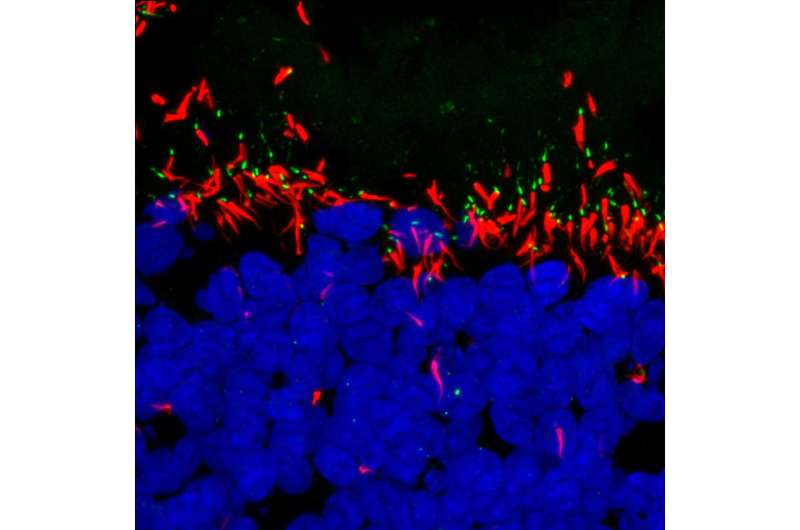The study by Dr. To Ha Loi and colleagues, published in Stem Cell Reports, focused on a gene called RPGRIP1, which is important for developing and maintaining the eye’s photoreceptor cells—the light-sensing cells that allow us to see. When this gene is faulty, children can develop severe and currently incurable retinal disease.
Doctors often rely on a database called ClinVar to connect specific gene changes to health conditions. But nearly half of the known RPGRIP1 gene variants are listed as having “uncertain significance,” meaning it’s hard for families to get clear answers about diagnosis or whether their child might qualify for clinical trials or future gene therapies.

